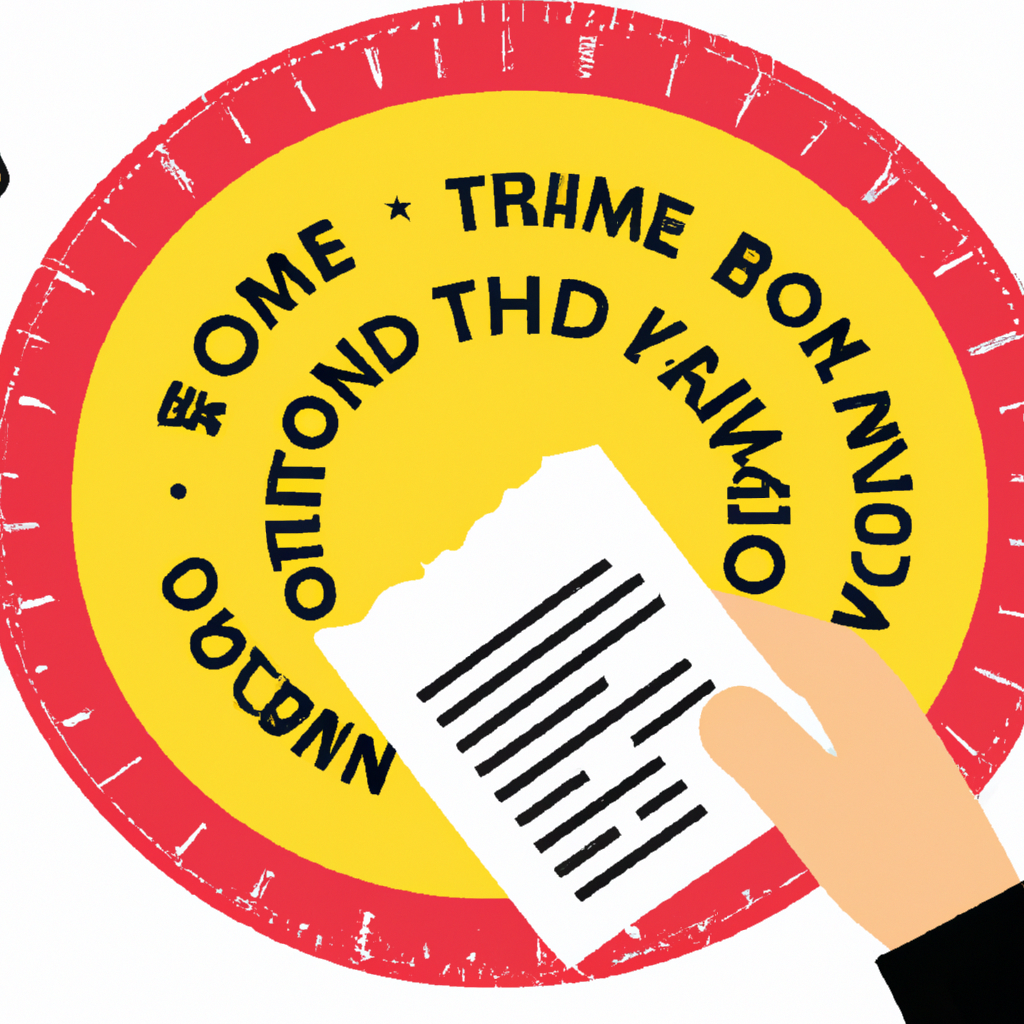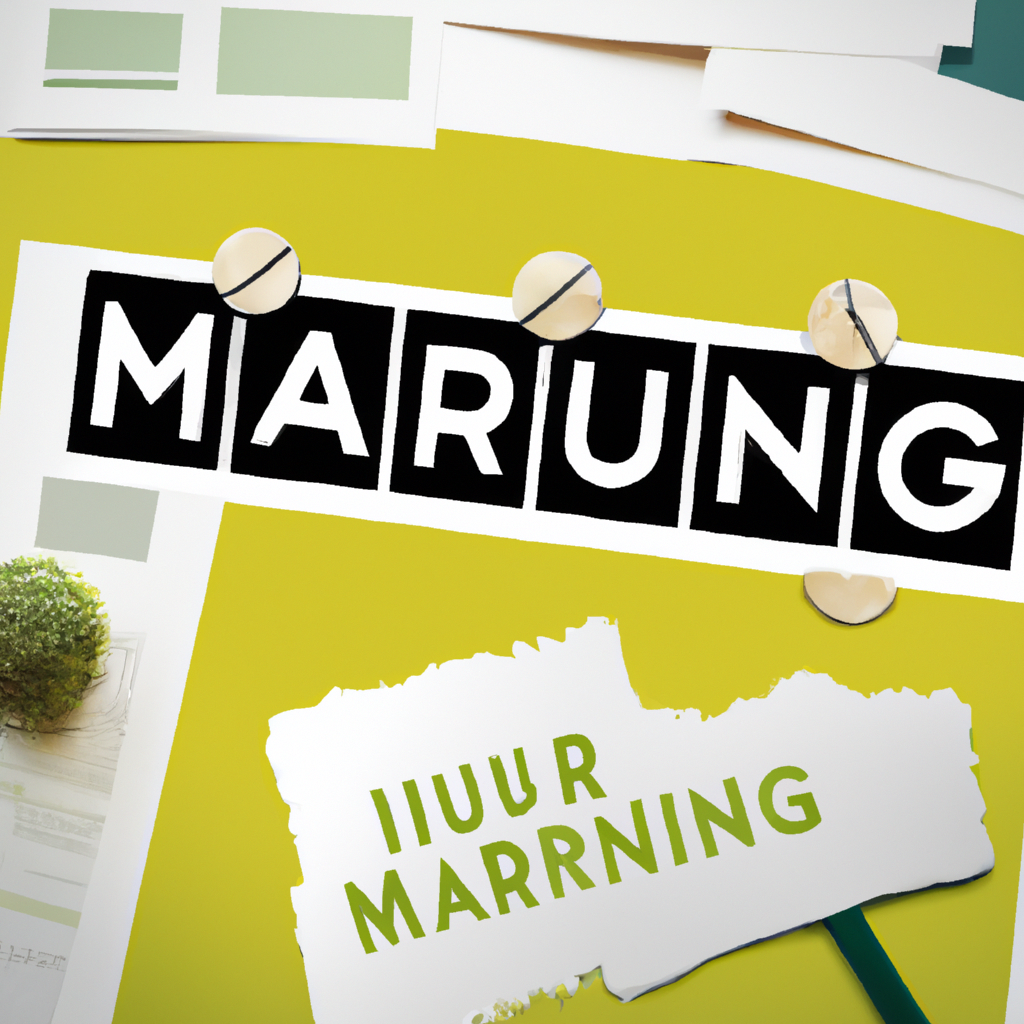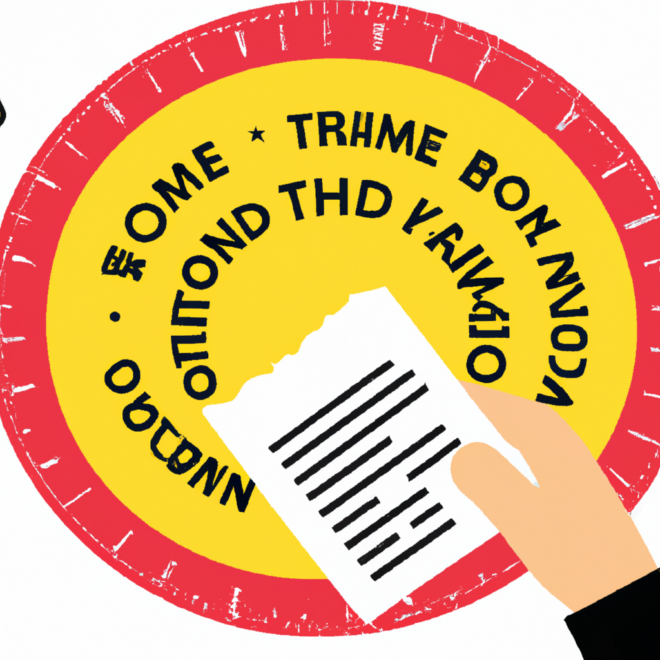Are you tired of sending out countless resumes and not hearing back from potential employers? If so, you’re not alone. Many job seekers struggle to make their resumes stand out in a sea of applications. The good news is, there’s a solution! By tailoring your resume to the specific job you’re applying for, you can greatly increase your chances of landing an interview. In this article, we will explore some practical tips and strategies for customizing your resume to match a specific job application, ensuring that your qualifications and experiences align perfectly with the demands of the role. Get ready to take your job search to the next level!

Identify the Job Requirements
Read the Job Description Carefully
When tailoring your resume for a specific job application, the first step is to thoroughly read and understand the job description. The job description contains valuable information about the specific skills, qualifications, and experience the employer is seeking. Take note of the key responsibilities, required qualifications, and preferred qualifications mentioned in the job description.
Identify Key Skills and Qualifications
After reading the job description, identify the key skills and qualifications that are most important for the role. These are the skills and qualifications that the employer is specifically looking for. Pay attention to any specific software or technical skills, industry knowledge, certifications, or specific experience that the job requires. By identifying these key skills and qualifications, you can ensure that your resume highlights your relevant capabilities.
Research the Company and Industry
To tailor your resume effectively, it’s important to research the company and the industry. Familiarize yourself with the company’s values, mission, and culture, as well as any recent news or developments. By understanding the company’s goals and values, you can tailor your resume to align with what the employer is looking for in a candidate. Additionally, researching the industry can give you insights into industry-specific skills or trends that may be important to highlight in your resume.
Customize Your Resume Summary
Craft a Relevant and Engaging Summary
The resume summary is an opportunity to grab the employer’s attention and provide a concise overview of your qualifications and experience. Tailor your resume summary to focus on the skills and qualifications that are most relevant to the job you are applying for. Highlight your key achievements and experiences that demonstrate your suitability for the role.
Highlight Your Key Skills and Experience
In the resume summary, emphasize your key skills and experience that align with the job requirements. This section should be a brief snapshot of your abilities and accomplishments. Use keywords from the job description to ensure your summary resonates with the employer and clearly communicates your fit for the role.
Focus on What Sets You Apart
Use the resume summary to highlight what sets you apart from other candidates. If you have unique achievements, experiences, or qualifications that are particularly relevant to the job, make sure to include them in your summary. Showcase your distinctive strengths and abilities that make you the ideal candidate for the position.
Modify the Professional Experience Section
Highlight Relevant Experience
When tailoring your resume, focus on highlighting the experiences that are most relevant to the job you are applying for. Carefully review your previous work experiences and select the ones that showcase skills and accomplishments that align with the job requirements. Describe your responsibilities and achievements in a way that demonstrates your ability to succeed in the desired role.
Tailor Accomplishments to Fit the Job
Instead of providing a generic list of responsibilities for each job, tailor your accomplishments to fit the job you are applying for. Quantify your achievements whenever possible, using specific numbers or percentages to demonstrate the impact of your work. This allows the employer to see the tangible results of your efforts and understand how you can contribute to their organization.
Include Keywords and Action Verbs
To make your resume stand out to hiring managers and applicant tracking systems, incorporate keywords and action verbs from the job description. This helps ensure that your resume gets recognized and considered for the position. Use action verbs to describe your accomplishments and demonstrate your proactive approach in previous roles.
Quantify Achievements
To make a strong impression, quantify your achievements in your professional experience section. Numbers and metrics provide concrete evidence of your success and impact in previous roles. For example, instead of saying you “increased sales,” specify that you “increased sales by 20% within the first quarter.” Adding quantifiable achievements helps hiring managers understand the scope and significance of your contributions.

Adapt the Skills and Qualifications Section
Rearrange the Order of Skills
When tailoring your resume, consider rearranging the order of your skills and qualifications to prioritize the most relevant ones. Place the skills that align with the job requirements at the top of the list to immediately catch the employer’s attention. This ensures that the most important skills are prominently displayed and increases the chances of your resume getting noticed.
Include the Most Relevant Skills
Include the most relevant skills in your resume that directly align with the job requirements. Focus on hard skills such as technical expertise or specific industry-related skills. Additionally, include soft skills like communication, problem-solving, and leadership abilities that are valued in the job or industry you are targeting.
Remove or Downplay Irrelevant Skills
To create a targeted and concise resume, remove or downplay skills that are not directly related to the job you are applying for. If you have skills that are not applicable to the position, consider omitting them or including them in a separate “Additional Skills” section at the end of your resume.
Use Specific Examples and Metrics
Rather than simply listing your skills, provide specific examples of how you have applied those skills in previous roles. Describe measurable accomplishments that showcase your proficiency in certain skills. This can come in the form of projects completed, improvements achieved, or successes attained. Using specific examples and metrics helps employers visualize your capabilities and reassures them of your suitability for the role.
Customize the Education Section
Emphasize Relevant Coursework or Projects
Tailor the education section of your resume by emphasizing coursework or projects that are directly related to the job you are applying for. This is especially important for recent graduates or individuals seeking positions that require specific technical knowledge or industry-specific expertise. Highlighting relevant coursework or projects showcases your dedication to learning and your ability to apply your knowledge in practical settings.
Include Honors or Awards
If you have received any honors, awards, or academic achievements that are relevant to the job, include them in the education section. This demonstrates your commitment to excellence and can help set you apart from other applicants. However, if the honors or awards are not directly related to the job or industry, consider including them in a separate section or omitting them altogether.
Include Additional Sections as Needed
Add a Relevant Certifications Section
If you have obtained any certifications that are directly related to the job or industry, create a separate section to highlight them. This allows employers to quickly see your level of expertise in specific areas. Include the name of the certification, the certifying organization, and the date earned.
Incorporate a Professional Summary
In addition to the resume summary, consider incorporating a professional summary section at the beginning of your resume. This section provides a more detailed overview of your qualifications, experience, and career objectives. It allows you to explain why you are a strong fit for the job and gives you an opportunity to expand on your key skills and experiences.
Include Volunteer Work or Community Involvement
If you have relevant volunteer work or community involvement that demonstrates skills or qualities relevant to the job, include it in a separate section. This can showcase your commitment to giving back, teamwork, leadership, and other valuable attributes that can positively impact your application.
Highlight Technical Skills or Languages
If the job you are applying for requires specific technical skills or language proficiency, ensure that you include them in a separate section. Highlighting these skills demonstrates your ability to navigate technological tools or communicate effectively in multiple languages. It also increases your chances of getting noticed by hiring managers who specifically seek these skills.
Tailor Your Resume Format
Choose a Format that Emphasizes Your Strengths
Select a resume format that best highlights your skills, experience, and achievements. If you have a strong work history, a reverse chronological format may be most appropriate. If you are transitioning careers or have gaps in your employment, a functional or combination format may be more effective. The format you choose should accentuate your strengths and present your information in a clear and organized manner.
Highlight Relevant Experience or Skills
When tailoring your resume format, ensure that the most relevant experience or skills are prominently featured. Place the sections that are most vital for the job at the top of your resume. This helps recruiters quickly identify your qualifications and ensures that your most impressive experiences are not buried within the document.
Consider Using a Functional Format
If you have limited work experience or are transitioning to a new industry, consider using a functional resume format. This format focuses on your skills and accomplishments rather than your chronological work history. By highlighting your relevant skills and achievements, you can show potential employers that you have the necessary abilities for the job, regardless of your past job titles or industries.
Optimize Your Keywords
Use Keywords from the Job Description
To increase the chances of your resume being noticed by applicant tracking systems (ATS) and hiring managers, incorporate keywords from the job description. This can include specific technical skills, industry buzzwords, or qualifications mentioned in the posting. These keywords act as cues for the ATS to recognize your compatibility with the job. Be mindful of incorporating relevant keywords naturally throughout your resume.
Incorporate Industry-Specific Terminology
To demonstrate your industry knowledge and familiarity, use industry-specific terminology throughout your resume. This shows employers that you are well-versed in the field and understand the intricacies of the job. However, use these terms sparingly and when appropriate to avoid overwhelming or confusing the reader.
Proofread and Edit
Check for Spelling and Grammar Errors
Before submitting your tailored resume, thoroughly proofread it for spelling and grammar errors. Mistakes in your resume can give a negative impression to potential employers and may prevent you from progressing to the interview stage. Use spell-check tools, grammar-check software, and multiple proofreading passes to ensure your resume is error-free.
Ensure Consistency and Accuracy
Ensure consistency and accuracy throughout your tailored resume. Verify that your contact details, dates, job titles, and any other information provided are correct and up-to-date. Consistent formatting, font styles, and bullet points create a polished and professional impression.
Have Someone Review Your Resume
After proofreading your resume, consider having someone else review it as well. A fresh set of eyes can catch errors or inconsistencies that you may have missed. Ask for feedback on the overall clarity, relevance, and effectiveness of your tailored resume. Their input can help you improve the final version before submitting it.
Save Different Versions for Different Applications
Create a Master Resume as a Base
To streamline the tailoring process, create a master resume that includes all of your experiences, skills, and qualifications. This acts as a base resume that you can easily customize for different job applications. Having a comprehensive master resume saves time and effort, as you can selectively choose and modify relevant sections for each application.
Customize for Each Application
When applying for a specific job, customize your master resume to highlight the most relevant experiences, skills, and qualifications that are directly applicable to the position. By tailoring your resume for each application, you can showcase your suitability for the specific role and demonstrate your understanding of the employer’s needs. Customizing your resume increases the likelihood of catching the attention of hiring managers and securing an interview.
By following these steps and tailoring your resume for each job application, you can significantly improve your chances of standing out to employers and landing your desired job. Remember to carefully review the job description, focus on highlighting your most relevant qualifications, and always customize your resume to suit the specific needs of each employer. Good luck!



